Unusual weather, prolonged cold
This spring crop in many localities in Nghe An , thousands of hectares of rice have fallen into a state of serious crop failure. Recorded in key rice production districts such as Dien Chau, Yen Thanh, Quynh Luu ..., many fields although the rice still bloomed but did not bow, the grains were empty, even completely empty; many fields have been harvested by people to use as animal feed, to make rice husks. There are about 2,736 hectares of rice with a high rate of empty grains.
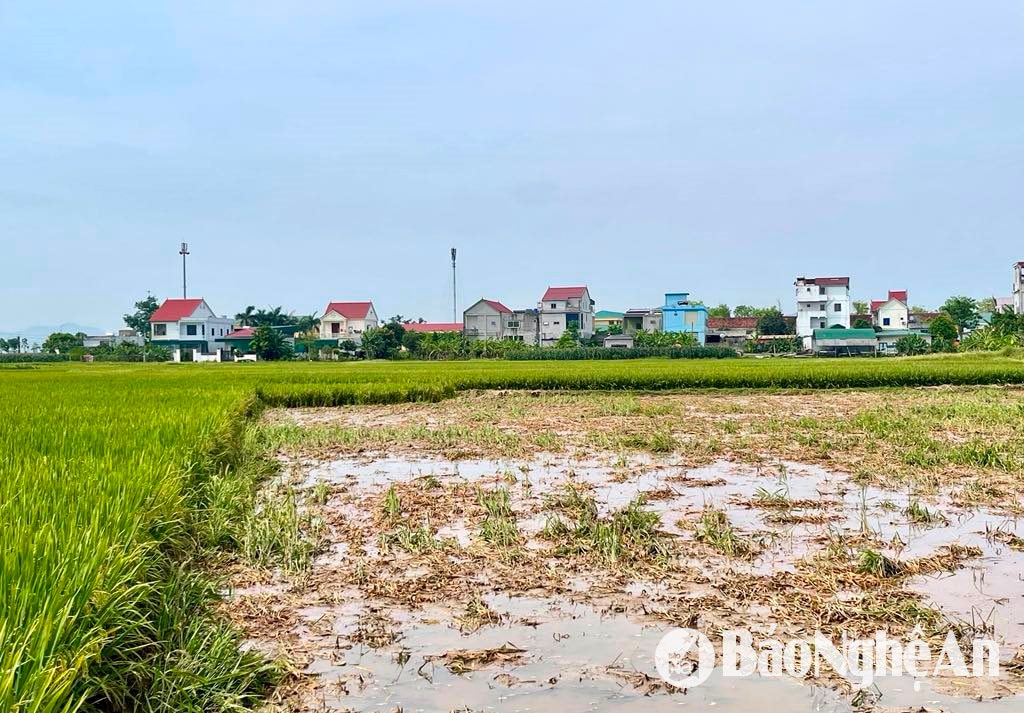
This year, the unfavorable weather lasted right at the flowering and panicle differentiation stages – the time that determines rice yield. Not only was the average temperature lower, but the frequency of cold spells was also higher than many years ago, with fewer sunny days and a low total temperature accumulation.
Rice fields that flowered before April 15, especially before April 10, when the rice was forming panicles and flowering, all fell at times when the average temperature was 7-10 degrees Celsius lower than the optimal temperature requirement, the average number of sunshine hours per day was 4.6-5.6 hours lower than the requirement of the rice plant, especially there was a time when there was no sunshine for 5 consecutive days from April 4-8.
Mr. Nguyen Tien Duc - Head of the Department of Crop Production and Plant Protection of Nghe An province
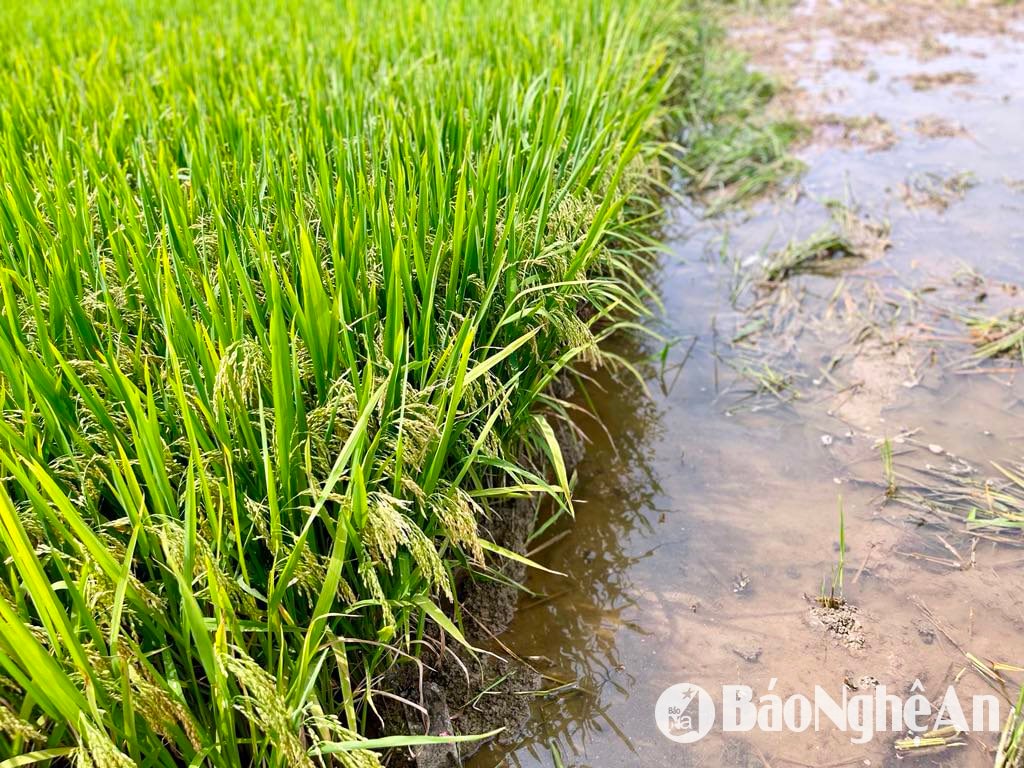
There are localities such as Do Luong, although following the crop calendar, the sowing and planting areas are basically in line with the agricultural calendar; however, according to Mr. Thanh Dang Long - Head of the Department of Agriculture and Environment, the spring rice yield this year still decreased sharply, estimated at only an average of 58 quintals/ha, down about 8.4 quintals/ha compared to last year's spring crop.
“Over 90% of our area bloomed from April 20-30, with a high percentage of full grains and few empty grains. However, the stage from the rice standing to flowering is affected by cold air, the large temperature range between day and night makes it difficult for the rice plants to adapt, leading to prolonged and unfocused effective tillering, resulting in low and uneven rice panicle numbers.
Particularly for areas where AYT 77 varieties were sown for early transplanting, during panicle differentiation, prolonged low temperatures caused poor panicle formation and development, and during flowering, additional cold air waves caused poor pollination and grain formation, leading to high rates of empty grains, degeneration of panicle heads, and reduced productivity," Mr. Thanh Dang Long shared.
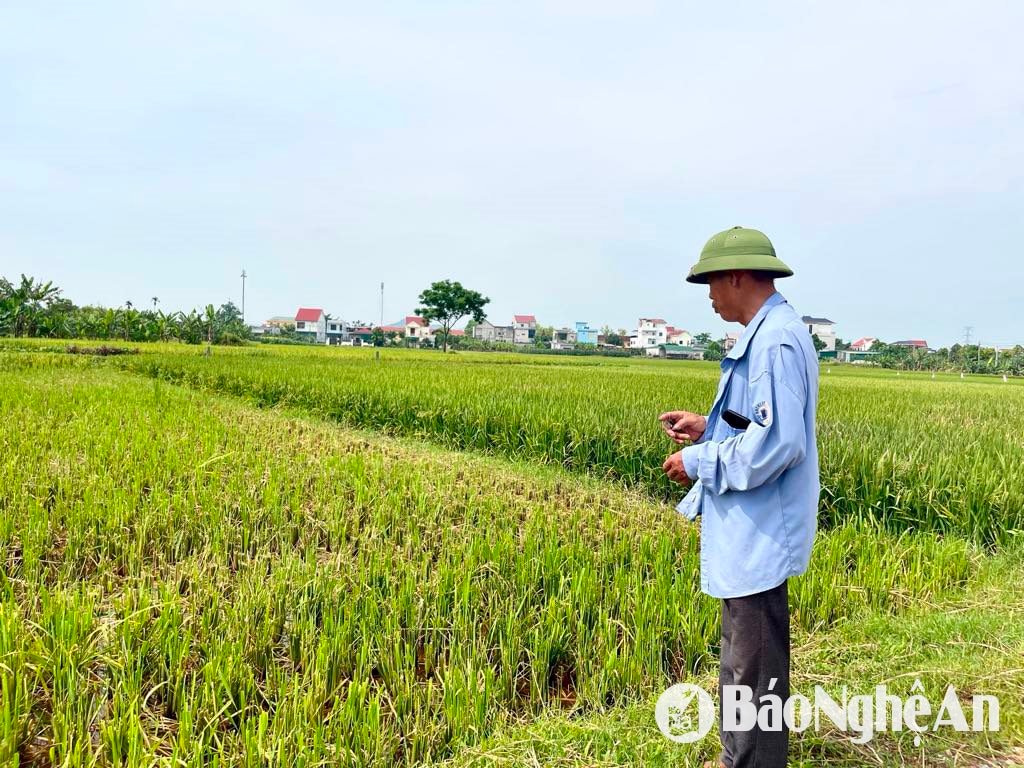
“Ahead of the curve” despite warnings
Dien Chau is the most severely damaged locality with 1,930 hectares of rice not blooming, with degenerated panicles, high rate of empty grains and no grain formation, of which 610 hectares are more than 70% damaged.
“In the harsh and unusual weather conditions, however, we cannot deny that the cause is subjective. Some areas were planted 7-10 days ahead of the district's crop schedule, and some areas were not properly cared for, suitable for cold and humid conditions, especially during the stage of panicle differentiation and flowering, which can easily increase the phenomenon of flat rice,” said Mr. Le The Hieu, Head of the district's Department of Agriculture and Environment.
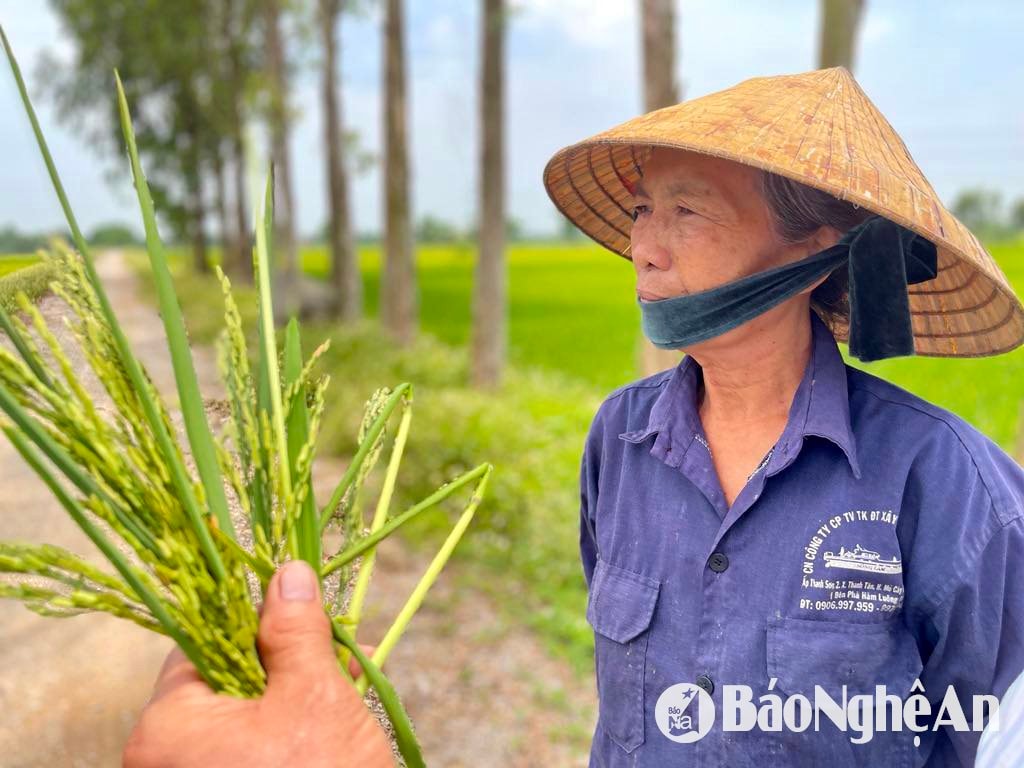
Based on the calculation of all related factors, the agricultural sector has proposed a specific production schedule for each tea and each land area. Accordingly, seedling sowing will start from January 2-15, and varieties with a growth period of less than 125 days will be sown from January 10. Rice will be sown directly from January 7-9, 5-7 days later than the seedling sowing schedule.
This agricultural calendar is intended to help rice plants avoid adverse weather impacts during the growth, development, and yield stages. However, out of more than 91 thousand hectares of spring rice, over 40 thousand hectares were sown and transplanted ahead of schedule, despite recommendations from the industry. Many areas were sown 10-15 days earlier, and some areas were even sown 25-30 days ahead of schedule.
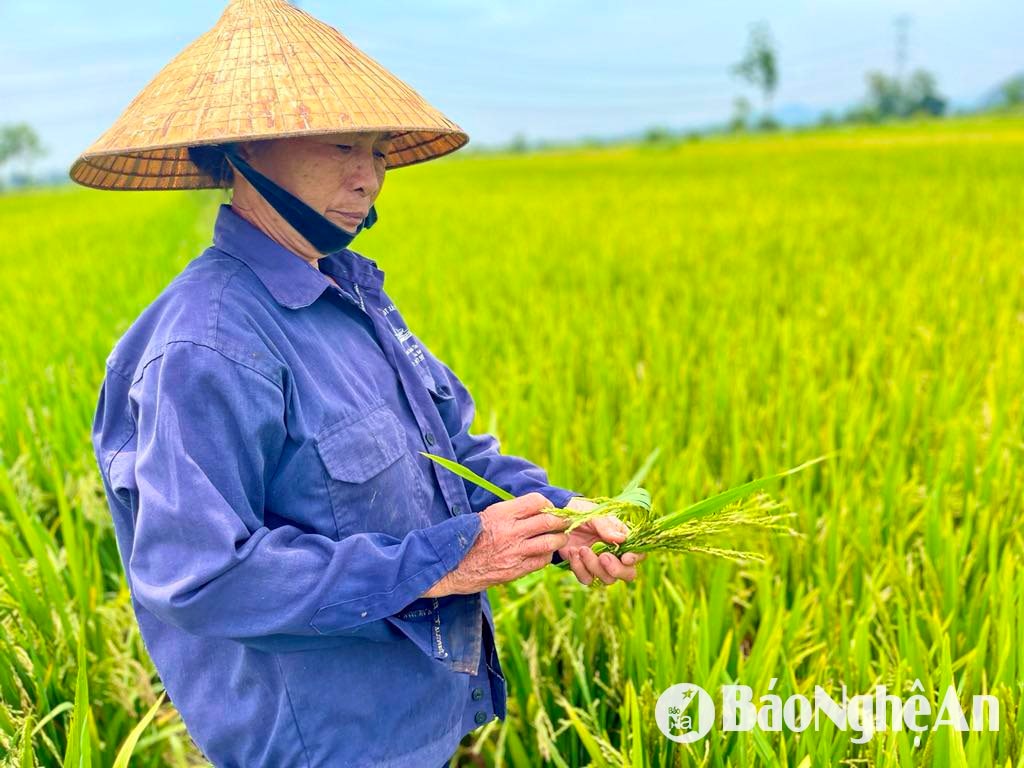
Specifically: The total area of rice seedlings sown ahead of schedule is up to 1,083 hectares, equivalent to the planting area of about 39,410 hectares (hybrid rice 27,680 hectares; pure rice 11,730 hectares), mainly in the districts of Yen Thanh, Tan Ky, Dien Chau, Nghia Dan, Quynh Luu, Con Cuong...
The whole province has more than 866 hectares of direct sowing ahead of schedule in Tan Ky, Anh Son, Nghia Dan, Hung Nguyen, Yen Thanh, of which 175 hectares were sown before December 20, 2024, even in some areas such as Huong Son, Dong Van communes (Tan Ky); Binh Son, Tho Son (Anh Son); Chau Nhan (Hung Nguyen), farmers sowed 22-30 days ahead of schedule.
The total rice area that bloomed before April 15 was up to 13,937 hectares, concentrated in Dien Chau (3,000 hectares), Yen Thanh (6,500 hectares), Tan Ky (2,000 hectares)... especially of which over 1,000 hectares bloomed before April 10, with a long blooming period, slow release of panicles, and some with blocked panicles.
According to Mr. Nguyen Tien Duc: In general, the areas that flowered before April 20 had a higher level of panicle degeneration. The phenomenon of high rates of green, unfilled grains also appeared in many areas that flowered before April 15, especially in areas that flowered early before April 10, with more than 2,736 hectares of rice having a high rate of unfilled grains; while rice that flowered after April 20 basically flowered quickly, had a low rate of unfilled grains, and was less affected in yield.
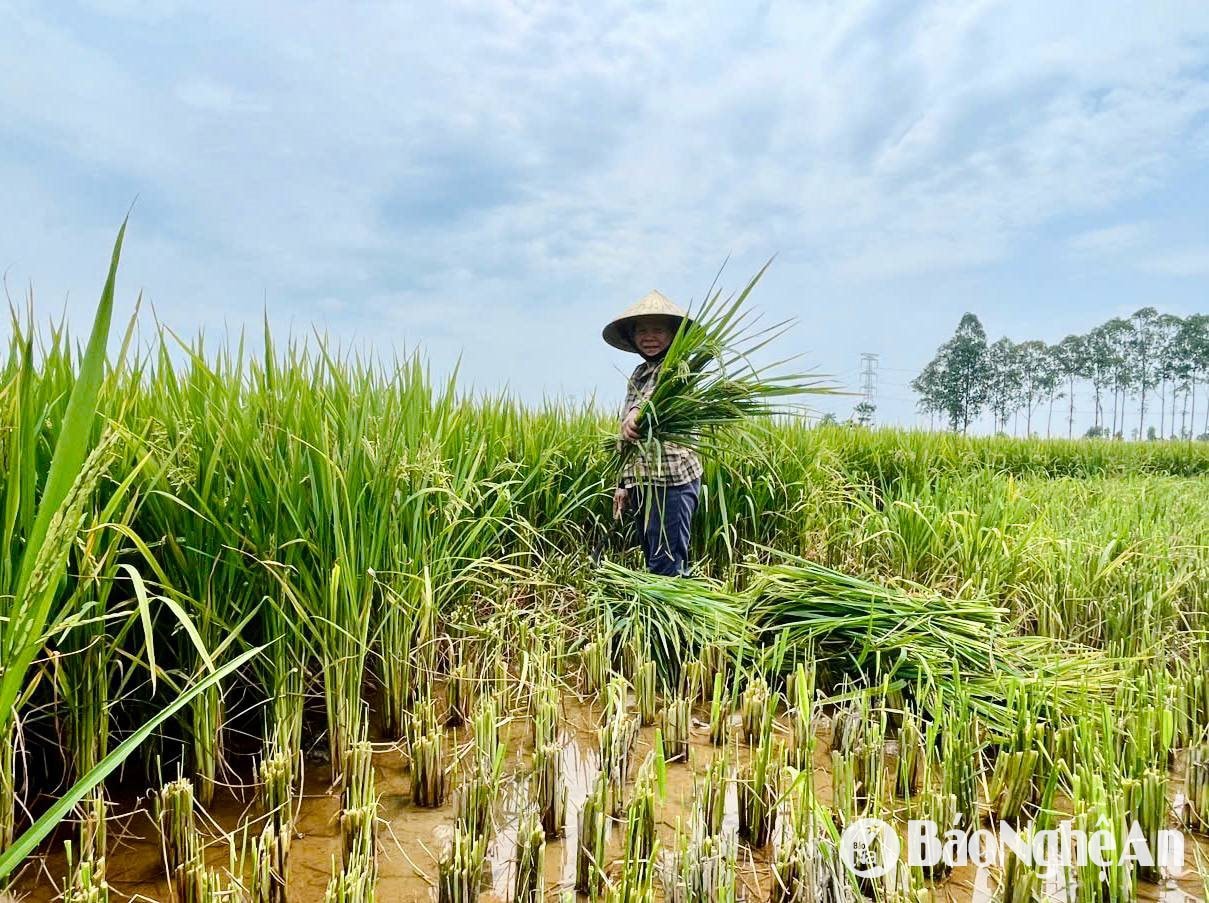
According to the Project on organizing spring crop production in 2025, Nghe An has proposed 74 rice varieties for production, including 27 hybrid rice varieties and 47 pure rice varieties. However, in reality, there are 102 rice varieties being produced by people in the fields.
According to the results compiled from localities, 34 rice varieties (18 hybrid rice varieties, 16 pure rice varieties) were affected, leading to severe degeneration of the panicle head, high rate of empty grains or no grain formation; of which 10 rice varieties were outside the structure of the agricultural sector, including LC 25, Syn 12, Syn 18, C. uu da co so 1, Khang dan 18, Nep A Sao, Q5, Ngoc Nuong 9, KOJI, DT 82.
Source: https://baonghean.vn/hon-2-700-ha-lua-tai-nghe-an-co-ty-le-lep-xanh-khong-ket-hat-cao-10297931.html


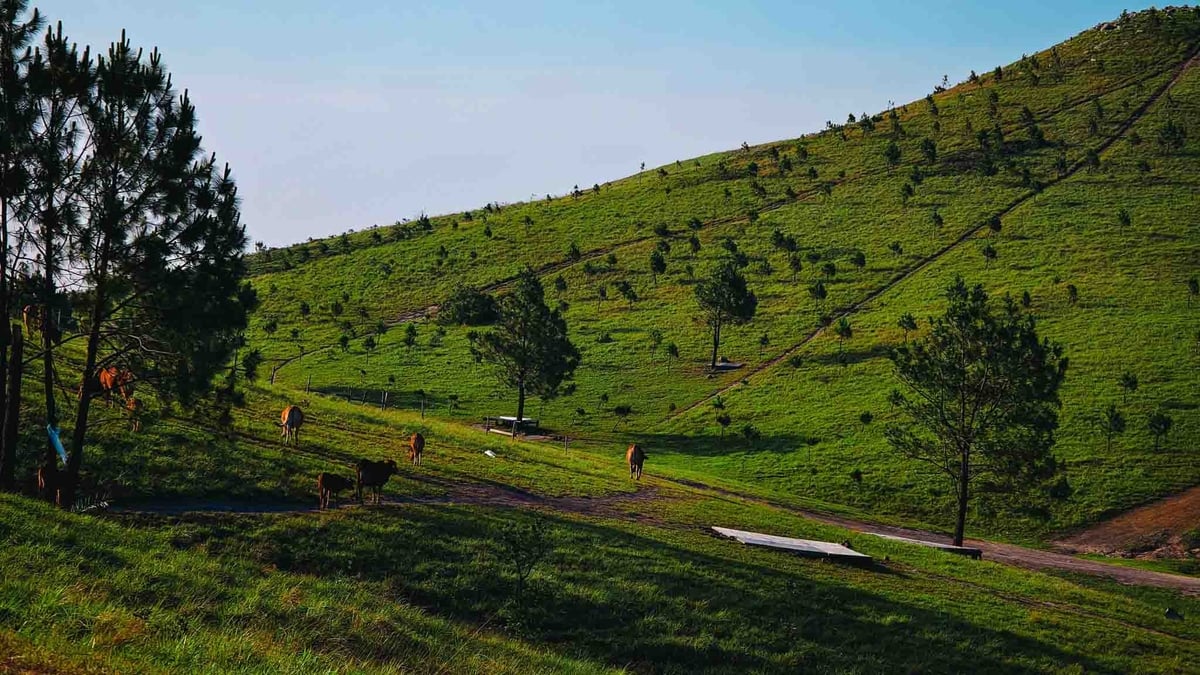
![[Photo] Prime Minister Pham Minh Chinh chairs the Government's special meeting on law-making in May](https://vphoto.vietnam.vn/thumb/1200x675/vietnam/resource/IMAGE/2025/5/22/1c880aae96fd4e0894abc47a46fe19ba)
![[Photo] General Secretary To Lam works with the Central Inspection Commission](https://vphoto.vietnam.vn/thumb/1200x675/vietnam/resource/IMAGE/2025/5/22/54820e91fd124c4cb691961718c4ee5d)


















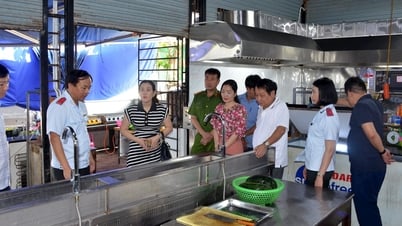
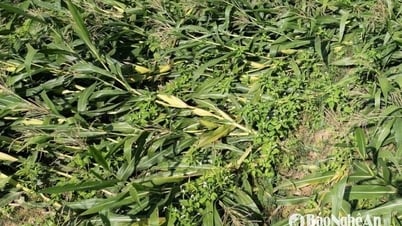


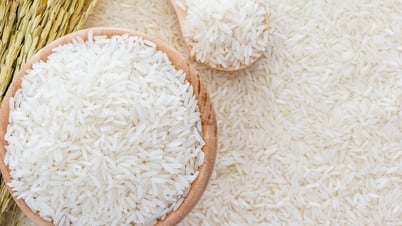



















































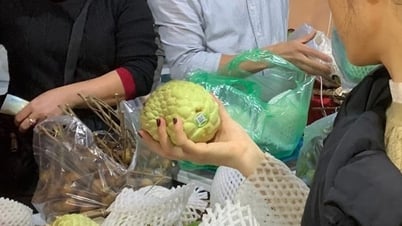




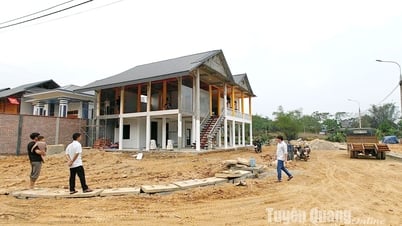


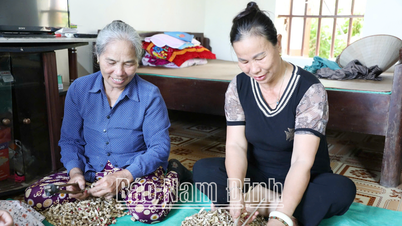









Comment (0)